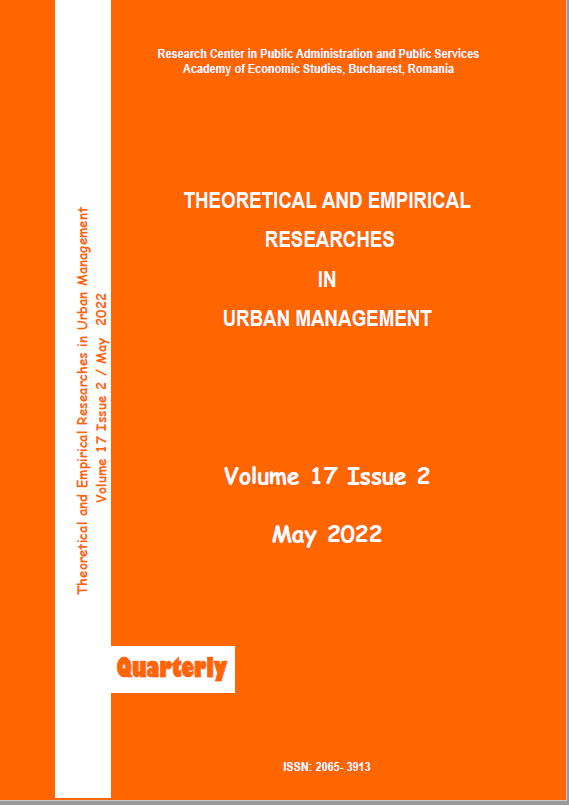WALKING IN MEXICO CITY: SOCIODEMOGRAPHIC CHARACTERISTICS OF THE PEDESTRIAN
WALKING IN MEXICO CITY: SOCIODEMOGRAPHIC CHARACTERISTICS OF THE PEDESTRIAN
Author(s): Luis David BERRONES-SANZSubject(s): Geography, Regional studies, Regional Geography, Sociology, Environmental interactions
Published by: Academia de Studii Economice - Centrul de Cercetare in Administratie si Servicii Publice (CCASP)
Keywords: Walking; pedestrian; transportation; Origin-Destination Survey; Socioeconomic status;
Summary/Abstract: This study seeks to describe the sociodemographic characteristics of pedestrians and trip variables that affect walking as a transportation mode. The analysis brought together five Origin-Destination Survey 2017 databases that contained data on housing, vehicles per home, persons, transportation mode, and lengths of trips (n=890,740). The data were analyzed through hypothesis testing to examine the association and difference of proportions and averages, and the logistic regression model to identify what variables determine the characteristics of persons who walk. 60.6% (n=322,173) of the walking was carried out on a section of the overall trip; and it was found that, proportionately, the persons who walk the least are male subjects, who have vehicles, who are older, who have a higher sociodemographic and educational level, who travel early in the morning or at night, and when the purpose of the trip is to go to work. The variables that have the strongest influence on the number of times it is likely that a person walks are the location of the home—in which it is up to 2.76 times more likely in rural zones and 2.20 times more likely in city center areas—those who are of a low socioeconomic level (Odds Ratio, OR=2.02), and those who have no formal education (OR=2.19). Therefore, walking as a transportation mode in Mexico City is directly related to low income sociodemographic levels; and for these individuals, it is not a modal option, but rather an imposition, because the zones coincide with the greatest risks of violence and road safety.
Journal: Theoretical and Empirical Researches in Urban Management
- Issue Year: 17/2022
- Issue No: 2
- Page Range: 16-30
- Page Count: 15
- Language: English

